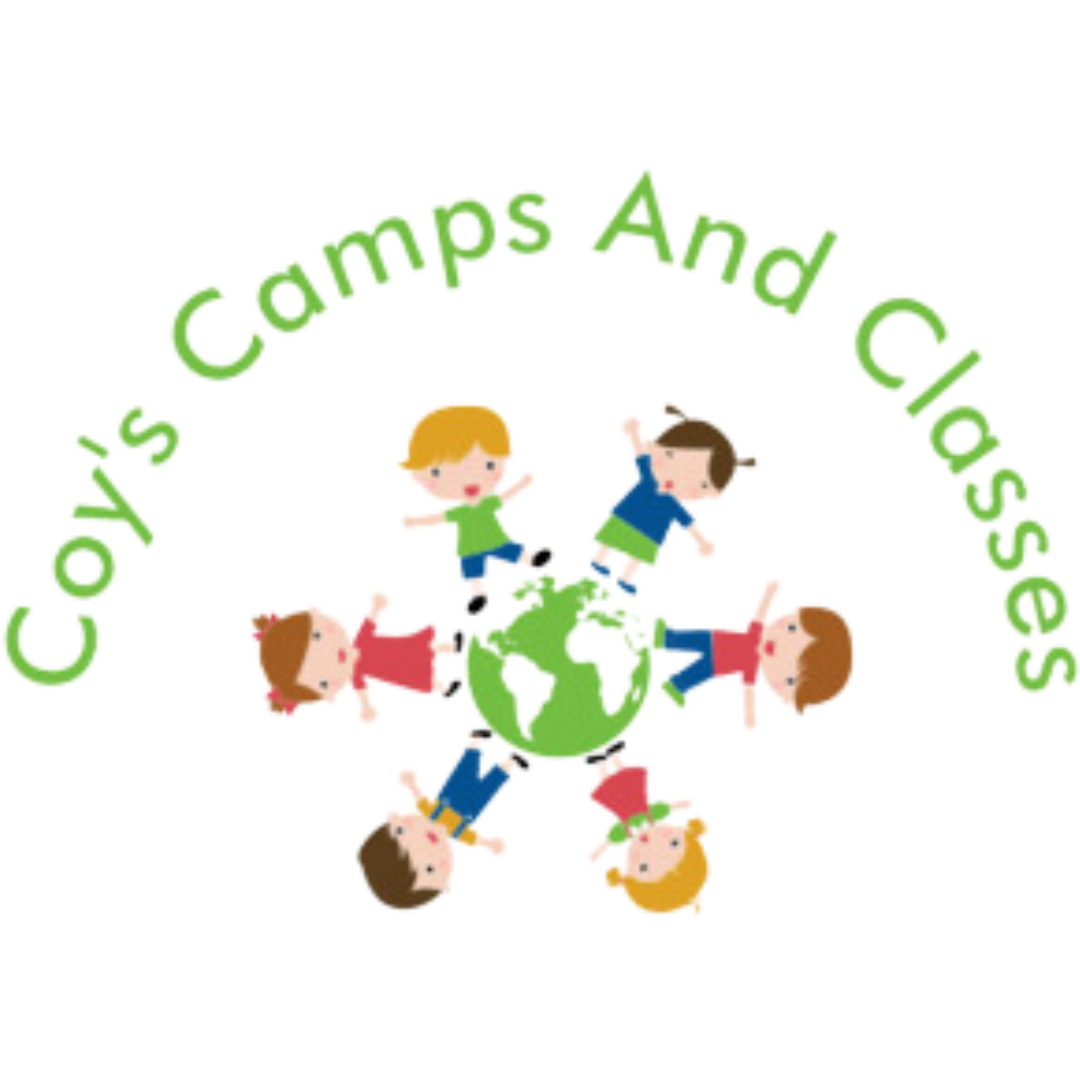
7 Benefits of Collaborative Learning: Why Kids Learn Better Together

Posted on January 16th, 2023
In today's dynamic educational landscape, collaborative learning has gained significant recognition for its positive impact on students' development and overall learning experiences.
Unlike traditional classroom setups where learning is predominantly solitary, collaborative learning encourages students to work together, share ideas, and collectively tackle challenges.
In this blog post, we'll explore seven key benefits of collaborative learning, shedding light on why kids learn better together.
What is Collaborative Learning?
In the ever-evolving landscape of education, the concept of collaborative learning has emerged as a powerful tool to foster deeper understanding, enhance critical thinking, and prepare students for the challenges of the future. Collaborative learning, often referred to as cooperative learning, revolves around the idea of students actively engaging with their peers to collectively explore and understand subjects. Unlike traditional solo learning, where students primarily absorb information in isolation, collaborative learning encourages interaction, discussion, and shared problem-solving.
Collaborative learning can take various forms, including group discussions, peer tutoring, cooperative projects, and interactive classroom activities. The fundamental premise is to create an environment where students actively contribute to their learning experiences and benefit from their peers' insights.
Key Characteristics of Collaborative Learning
- Active Participation: Students actively engage in discussions, activities, and projects.
- Peer Interaction: Learning occurs through interactions with classmates.
- Shared Responsibility: Students collaborate to achieve common learning goals.
- Varied Perspectives: Exposure to diverse viewpoints and ideas.
- Open Communication: Encourages effective communication and expression of ideas.
- Problem Solving: Emphasizes collective problem-solving and critical thinking.
- Increased Motivation: Collaboration often fosters enthusiasm and engagement.
- Preparation for Real Life: Develops essential skills for future academic and professional success.
In the next section, we'll delve into the numerous advantages of collaborative learning, exploring how it enhances the educational journey for children. Join us as we unravel the seven key benefits that make collaborative learning an essential element of modern education.
7 Key Benefits of Collaborative Learning
Collaborative learning is more than just a trend; it's a transformative approach to education that offers a multitude of advantages for students of all ages. By working together, sharing ideas, and actively participating in the learning process, children can unlock a wealth of benefits that extend beyond the classroom. In this section, we'll explore seven key advantages of collaborative learning and highlight how it contributes to a richer and more effective educational experience for kids.
1. Enhanced Problem-Solving Skills
Collaborative learning provides students with a platform to engage in discussions, analyze problems from various perspectives, and collectively devise solutions. By actively participating in group activities and projects, kids develop critical thinking and problem-solving skills essential for real-life challenges.
2. Improved Communication Abilities
Effective communication is a vital life skill. Collaborative learning encourages students to express their thoughts, listen to others, and articulate their ideas clearly. It fosters an environment where kids learn to communicate effectively, enhancing their interpersonal skills.
3. Increased Engagement and Motivation
Working together in a collaborative setting often sparks excitement and enthusiasm among students. The sense of shared responsibility and teamwork motivates kids to actively participate in lessons, leading to improved engagement, a learning culture, and a deeper understanding of the subject matter.
4. Diverse Perspectives
Collaborative learning exposes students to diverse perspectives and ideas. In a group setting, kids learn from their peers, gaining insights and viewpoints they might not have encountered independently. This exposure broadens their horizons and encourages open-mindedness.
5. Enhanced Social Skills
Interacting with peers in a collaborative environment nurtures essential social skills. Kids learn to collaborate, resolve conflicts, and build positive relationships—a valuable foundation for their personal and professional lives.
6. Increased Retention
Collaborative learning often involves active discussions, debates, and hands-on activities. These interactive elements contribute to better retention of information compared to passive learning methods. Kids remember concepts more effectively when they actively engage with the material.
7. Preparation for the Future
In today's interconnected world, collaboration is a cornerstone of success. Collaborative learning equips kids with the skills and attitudes required for future success in academia and the workforce. It prepares them to thrive in a world that values teamwork, innovation, and adaptability.
Related: Why Is Healthy Competition Important for Children's Development?
Final Words
As we conclude this exploration of the seven remarkable benefits of collaborative learning, we invite parents and educators to embrace this transformative approach. Collaborative learning not only prepares children for the challenges of the future but also nurtures essential life skills such as teamwork, problem-solving, and effective communication.
At Coy's Camps And Classes, we embrace collaborative learning as an integral part of our enrichment programs. From coding and robotics to STEM classes and competitive chess, our courses are designed to promote collaborative learning, allowing kids to reap these seven benefits and excel in their educational journeys.
If you're eager to provide your child with the advantages of collaborative learning, we invite you to explore our offerings. Enroll your child in our evening enrichment programs in Tucson, Arizona, and witness the transformative power of collaborative learning.
Don't miss this opportunity to enhance your child's education. Contact us at (520) 762-6062 or [email protected] to learn more about our programs and how we can support your child's educational growth through collaborative learning.
Reach Out Today
Connect with Coy's Camps and Classes using our convenient contact form. Whether you have questions about our services or want to explore the possibilities for your child, we're here to assist you. Please use the form below if interested in our microschool program. For all other reasons, please use this form.
Get in Touch
Phone number
(520) 762-6062